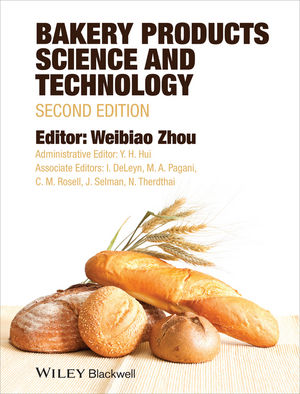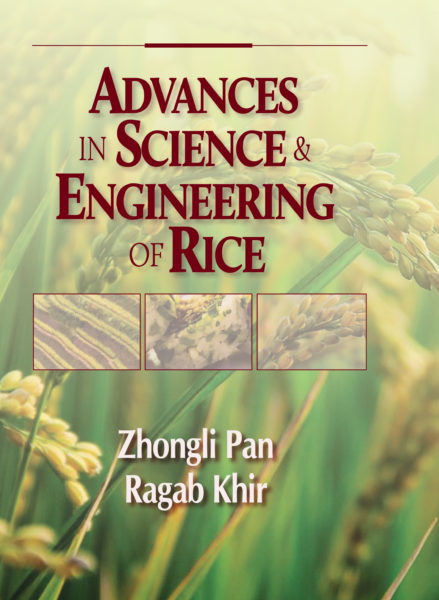Umami is a flavor seeing more popularity across the globe, leaving many wondering “what exactly is umami?” To address this question, the Kerry Health & Nutrition Institute, which provides science-based insights in the area of nutrition, taste, general health and wellness to the global food, beverage and supplement industry, has issued a white paper that digs into many of the common questions around umami. The paper relies on science to answer common questions about how umami works, the relationship between MSG and umami, umami’s unique ability to add impressive flavor to a range of different foods and beverages, and more.
Authored by Dr. Nancy Rawson, associate director of the Monell Chemical Senses Center in Philadelphia and a leading expert on taste, olfaction and nutrition, “Umami: The Taste that Perplexes” is a referenced 16-page white paper that presents a valuable overview of this most intriguing taste. The review paper is available for download at no charge at https://khni.kerry.com/news/umami-the-taste-that-perplexes/.
While umami (oo-ma-mee) is considered the fifth basic taste—joining sweet, sour, salty and bitter—it is much more than simply a taste. First described in 1908, its savory flavor comes from taste receptors that respond uniquely to the glutamates present in many foods and ingredients and drive the umami flavor. Monosodium glutamate (MSG) is the prototypical umami stimulus, but there are many others, among them broths, cooked meats, gravies, tomatoes, cheeses, fermented foods, dried seafood, meat bones, shrimp and fish paste, miso and soy bean paste, seaweed, spices, plants, mushrooms, yeast and yeast extracts, and fish and fish sauces. Food and beverage developers, as well as chefs, are using these ingredients more and more often to bring distinctive flavors to their culinary innovations.
“Umami, which has a well-established culinary history in Asia, is now fast developing a presence in many global cuisines, due mainly to its amazing and almost limitless ability to impart unique flavors and tastes,” said Kay Marshallsay, Ph.D., technology business development director for savory taste at Kerry. “The food science basis for how it works, and its availability in so many different foods, is a fascinating topic, and our white paper lays out its mechanism of action in excellent detail. The potential of umami extends well beyond MSG, making the future virtually unlimited in terms of how natural umami ingredients can be applied to accent a large number of food items. Our paper is designed to inform food scientists and product developers about umami’s exciting science, capabilities and potential.”
Umami can enhance emerging plant-based food products and elder diets
Originally named in 1908 by Japanese chemist Kikunae Ikeda and described as “something other than the four basic tastes,” the Japanese term umami incorporates both a hedonic (delicious) and a qualitative (savory or meaty) character. While considered one of the basic tastes, umami is peculiarly complex in that it is an integrated flavor experience composed of salty, sour and glutamate reactions that encompasses the impact of each of these on other tastes; umami substances may also enhance experiences of “juiciness” and “lingering.” Our brains experience umami as taste, smell and even physical sensation. Rather than a simple taste, umami should be considered more of a basic flavor.
“In today’s world of emerging alternative plant-based meat products, developing products that mimic meat in terms of being filling while also providing a satisfying flavor means that tools like umami will be valuable solutions,” notes Dr. Rawson. “Umami may also benefit the elderly and other groups with impaired taste and smell senses, and those requiring a lower salt diet, by providing a more savory and tasty food experience while reducing added salt.”
Glutamate is also present (and is the most common amino acid) in human breast milk. Umami may in fact be an early stimulant driving protein appetite and attraction to foods containing protein. The search for umami taste compounds has become an active area of research by food scientists as they seek ways to achieve the umami sensory impact using compounds that are naturally present in foods—without adding sodium.







